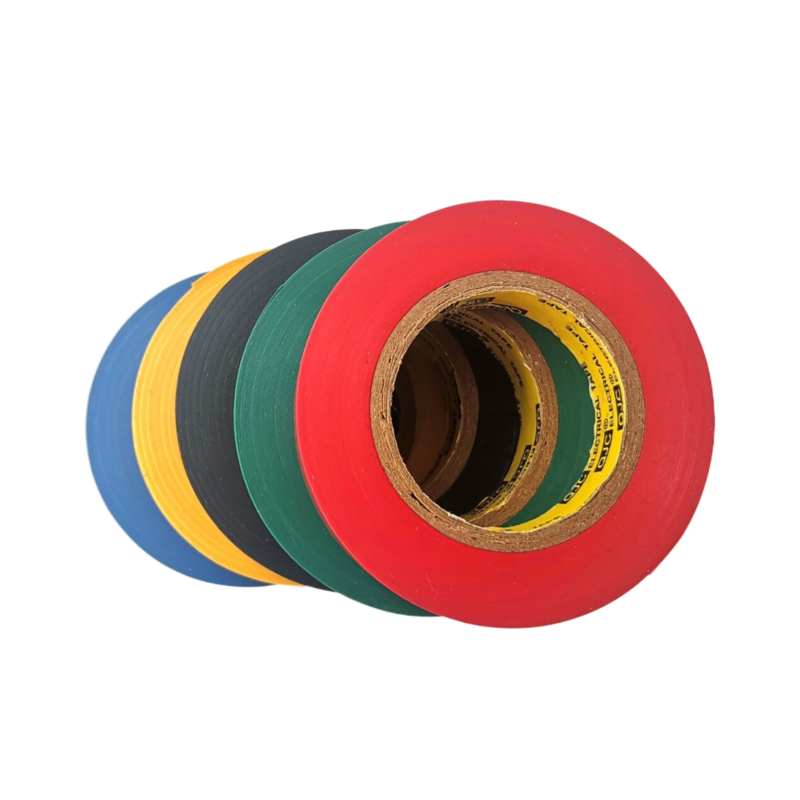The Benefits and Applications of Butyl Rubber Roof Sealant
When it comes to roofing systems, sealing and weatherproofing are essential components to ensure durability and longevity. One of the most effective materials used in this context is butyl rubber roof sealant. Renowned for its exceptional adhesive properties, flexibility, and resistance to various environmental conditions, butyl rubber sealants have become a favored choice among homeowners and contractors alike.
What is Butyl Rubber?
Butyl rubber is a synthetic rubber derived from the polymerization of isobutylene and a small amount of isoprene. It is characterized by its excellent impermeability to gases and moisture, which is why it is commonly employed in applications requiring airtight and watertight seals. The flexibility and elasticity of butyl rubber make it durable, allowing it to withstand extreme temperatures and weather conditions without cracking or losing its sealing capabilities.
Advantages of Butyl Rubber Roof Sealant
1. Waterproofing One of the primary functions of butyl rubber roof sealant is to provide a waterproof barrier. It effectively seals joints, cracks, and seams in roofing materials, preventing water penetration that could lead to structural damage over time.
2. Flexibility Roofs are subjected to numerous forces, including temperature fluctuations and structural movements. Butyl rubber sealant maintains its flexibility, which enables it to accommodate these movements without losing adhesion or becoming brittle. This characteristic is particularly beneficial for buildings located in areas with extreme climate variations.
3. Adhesion Butyl rubber sealants boast superior adhesion properties, allowing them to bond well with a variety of roofing materials, including metal, asphalt, and TPO. This versatility makes them an ideal choice for diverse roofing applications.
4. UV Resistance Prolonged exposure to sunlight can degrade many materials, but butyl rubber sealant is resistant to ultraviolet (UV) rays. This quality ensures that the sealant remains effective and durable over an extended period, reducing the need for frequent repairs or replacements.
butyl rubber roof sealant

5. Ease of Application Available in tubes or cartridges, butyl rubber sealants are user-friendly and can be easily applied with standard caulking guns. This accessibility makes them a popular choice for both professional contractors and DIY enthusiasts.
Applications of Butyl Rubber Roof Sealant
Butyl rubber roof sealant is used in various applications, including
- Roof Repairs Ideal for sealing leaks in flat or low-sloped roofs, butyl rubber can quickly fix cracks and seams without necessitating extensive repairs.
- Flashings This sealant effectively waterproofs areas where different roofing materials meet, such as around chimneys, vents, and skylights.
- Seaming and Overlapping It is commonly used to seal overlapping sections in roofing films and membranes for added protection against water infiltration.
- Metal Roofs Butyl rubber sealants provide an excellent option for metal roofs, effectively sealing the joints and preventing corrosion.
In conclusion, butyl rubber roof sealant offers an array of benefits that make it a top choice for roofing applications. Its waterproofing capabilities, flexibility, and durability ensure that roofs remain protected against the elements, ultimately saving time and money on repairs. Whether you are a homeowner tackling a DIY project or a professional contractor, investing in butyl rubber sealant can lead to long-term performance and peace of mind.
-
XIANGFAN Rubber Tape-Ultimate Solutions for All Your Insulation NeedsNewsJun.24,2025
-
XIANGFAN Rubber Tape-Protection for Industrial and Residential ApplicationsNewsJun.24,2025
-
XIANGFAN Rubber Tape: Superior Safety and Sealing for Demanding EnvironmentsNewsJun.24,2025
-
XIANGFAN Rubber Tape: Reliable Solutions for Every Electrical ChallengeNewsJun.24,2025
-
XIANGFAN Electrical & Industrial Tape: Powering Reliability Across IndustriesNewsJun.24,2025
-
XIANGFAN Electrical & Industrial Tape: Excellence in Every ApplicationNewsJun.24,2025
